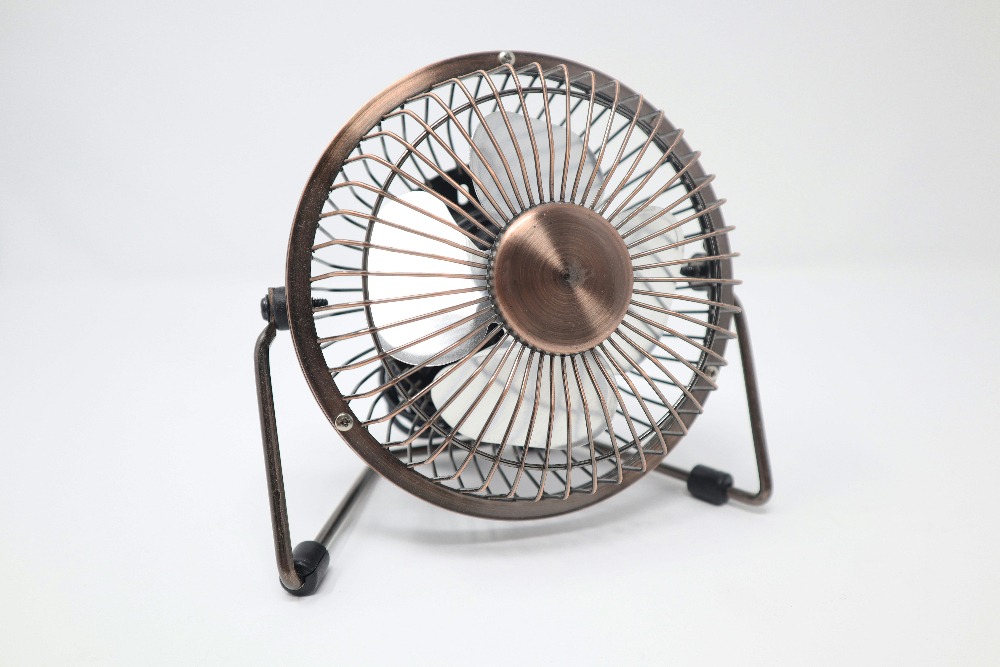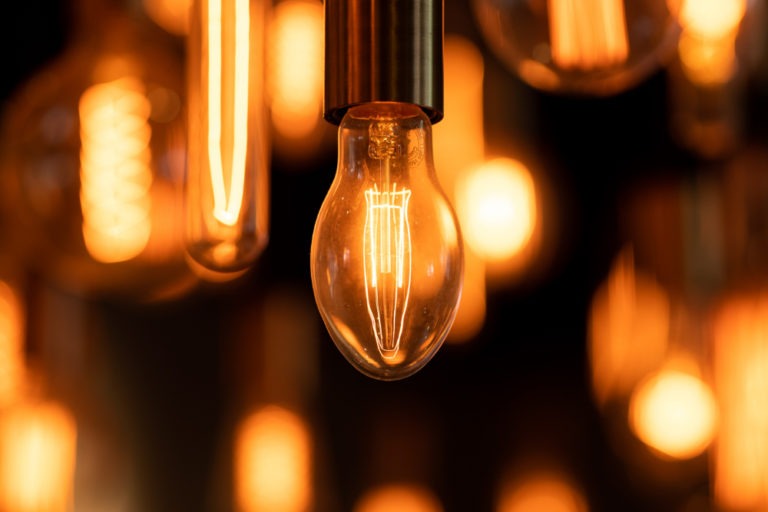Summer energy saving tips to help you stay cool and save money
Money Talk is intended to inform and educate; it's not financial advice. Affiliate links, including from Amazon, are used to help fund the site. If you make a purchase via a link marked with an *, Money Talk might receive a commission at no cost to you. Find out more here.
While UK summers are generally cool, there’s inevitably one or two days when it feels unbearably hot.
Although cooling your home might not be as energy draining as heating it, those bills can still add up, especially if you’ve gone for an air conditioner.
Fortunately there are still ways you can save energy and stay cool.
Here are a few summer energy saving tips to get you started.
Gadgets to cool you or your home down
Fans, evaporative air coolers and air conditioners can provide immediate relief from the heat, but there are pros and cons to each.
Go for an affordable and energy efficient fan
- Pros: cheap to buy and to run, fairly effective and can be portable
- Cons: only cools the person and not the room so not great if you don’t sweat a lot or the room is already very hot
The average cost of running a fan continuously 24/7 is just 20p to 40p a day according to the Energy Saving Trust, so they’re pretty cheap to use all day long.
As they work by evaporating your sweat, you don’t need a big or expensive one like the many pricey options available from Dyson* – a small desk fan pointed at you can work just as well.
You can make savings here by choosing a more energy efficient fan so look for a model with a low wattage.
And to maximise its effect, make sure the internal doors in your home are open to encourage air flow.
If you don’t sweat a lot, mimic this by wiping any exposed skin with a wet towel.
I tested a few fans for work a while ago and my favourite was the Beldray EH3413GR foldaway fan*.
It’s budget friendly, quiet and portable and can be used as a mounted, pedestal or desk fan.
Plus, it’s wireless and USB chargeable; plug it in overnight to take advantage of an Economy 7 tariff.
Choose an evaporative air cooler with wheels
- Pros: cheap to run, can cool the person and the room and can be portable
- Cons: can be big and bulky, is more expensive than fans, and not suitable for damp spaces
An evaporative air cooler is basically a fan that blows air through a sheet of water, which cools it down before it reaches you.
You can use ice packs to chill the water down, which makes the cooler more effective.
I’ve tried them before and they’re definitely better than just a standard fan.
However, they are generally more expensive to run; budget at least 40p a day for continuous use.
A big downside is that they increase the humidity massively so they’re not suitable if your home suffers from damp.
They also tend to be quite big and bulky, which is why choosing one with wheels will come in handy.
Try something like the Honeywell TC10PCE evaporative air cooler*, which has a 10l water tank, remote control and wheels. You’ll have to buy ice packs separately.
Avoid the portable air conditioner if you can
- Pros: can cool an entire room down so ideal when there are lots of people
- Cons: expensive to buy and to run, and even portable models can be big and bulky
The operating cost of a portable air conditioner is around £6 a day, so it’s a pricey appliance to use and to buy.
I’ve also tested these before and I wasn’t a fan – so much so I refused to write about them.
These appliances are almost always big and noisy – think a refrigerator working overtime – which makes it impossible to work or watch TV.
And while effective at cooling a room, they will generate a lot of heat that needs to be funnelled out of a window so they’re not suitable for all homes.
Plus, if you have poor insulation in your home, they’ll struggle to work effectively and you’ll find the room hot again almost as soon as you switch it off.
They could work for offices though, which is the only scenario I would recommend them.
Ways to keep your home cool
As well as or instead of using an appliance, you can try to cool your home down naturally, which will help to reduce your energy consumption.
Open your window when it’s cool
Instead of keeping your windows open all day, consider opening them only when it’s cool outside.
That means early mornings and late at night, and even overnight if you can.
Keep your internal doors open too, to allow the cool air to circulate.
During the day, when temperatures are higher, you should keep your windows closed to stop the warm air from coming in.
That said, if your home is positioned somewhere with a regular breeze, then do take full advantage of it and keep your windows open all day.
You may need to play around with which windows you open to maximise that breeze though.
Cover your windows
Got a south-facing room that gets excessively warm? Consider investing in some solar shades.
They look just like roller blinds but the fabric that’s used is different.
Solar shades will still allow light to penetrate – so you’re not sitting in a dark room – but they reduce the glare, UV rays and heat that comes in.
Solar film, which is applied directly to the window panes, works in a similar way.
Some are also insulators that can keep your home warmer in winter.
As an alternative, you can partially draw your curtains during the hottest time of the day to shade the room from direct sunlight while still allowing some light to come in.
Use your appliances at night
Every appliance that you use at home will generate heat, whether that’s the washing machine or the dishwasher.
So if you can, use these at night when it’s cooler.
And if you have an Economy 7 tariff, you’ll also be able to take advantage of cheaper electricity costs.
Switch off gadgets on standby
Most of us have gadgets and appliances that are using up energy while on standby.
But if you’re not using it, why not just switch it off?
Sure, it’ll take a bit longer to start up when you do want to use it, but you’re saving energy and stopping them from heating up your home in the meantime.
And if you’re going on holiday this summer, make sure turning off unused appliances is on your pre-departure checklist.
Take cooler showers
A cold shower might be the fastest way to cool you down, but it actually makes your body retain heat by constricting your blood vessels.
So unless you’re planning to stand under the shower for a good half hour, or have a cold bath, it might actually be more effective to take a cooler shower than normal.
This slight change in temperature will make you feel cooler without restricting your body’s natural response to heat.
And of course, not using as much hot water will save you energy too.
Pin this for later








